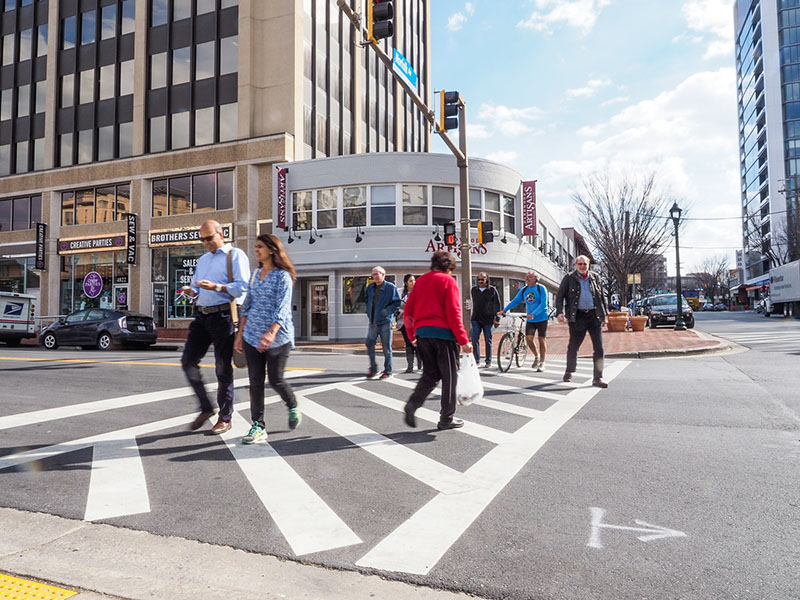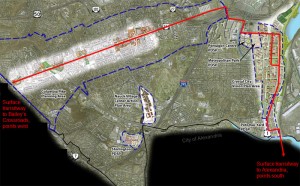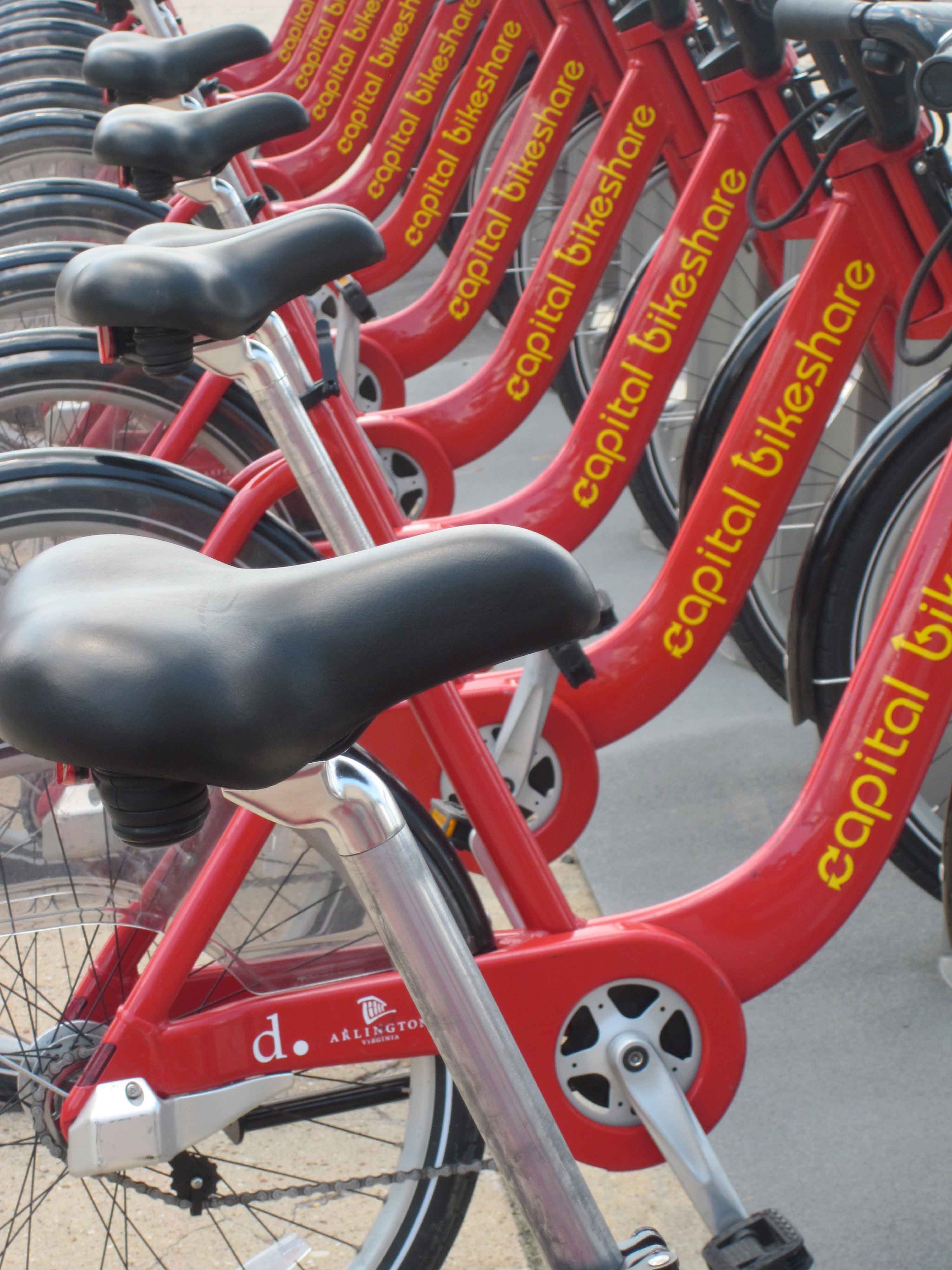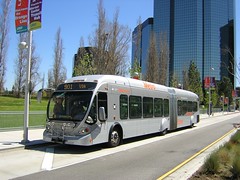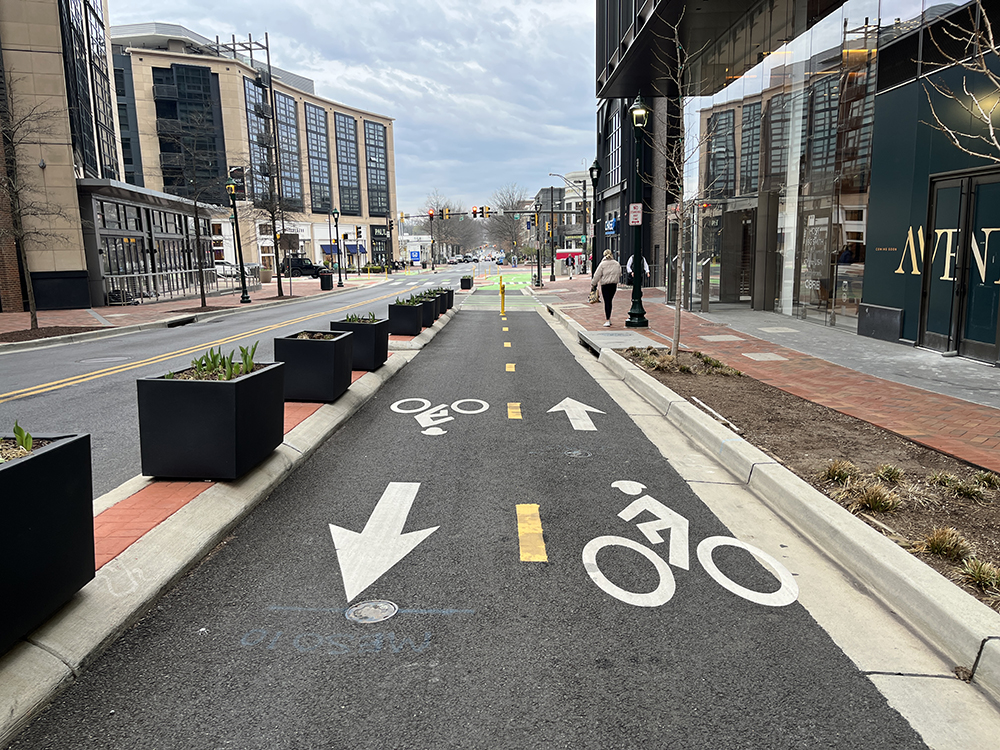
This blog is also published as a Greater Greater Washington guest column.
Montgomery County has long been a great place to work, live, learn, and visit—and our transportation choices affect every aspect of our daily life.
As the 21st century unfolded, Montgomery County has seen a growing demand for diverse transportation options and a shift away from the low-density, car-centric development that followed World War II. Over the past 15 years, the county has refocused to prioritize mixed-use developments, pedestrian- and bicycle-friendly infrastructure, enhanced public transit, and creating vibrant, walkable communities.
Today, Montgomery Planning’s recommendations emphasize a multi-modal future where residents have a meaningful range of safe, convenient, and efficient transportation choices.

